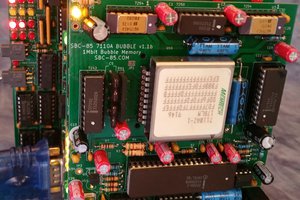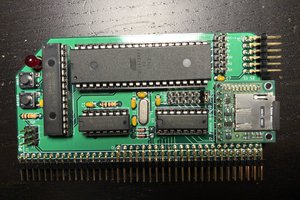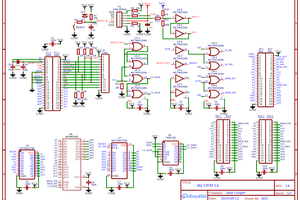Steve had a board and disks. He sent me a copy of the boot ROM which I reverse engineered a lot.
Meanwhile, Steve has found a way to read the CP/M disks without a CP/M system.
The boot disk has executable files.
The BSCA disk is the BIOS Source Code for the SCPUA. This should allow all the files on the boot disk to be recreated. Or modified as you wish.
The firmware can be easily modified to work with any of the four variants of the floppy disk controller, just by changing an EQU statement. If you have a choice, it is slightly faster to use a variant with a true (non-inverted) data bus.
I feel the software is suitably rescued for posterity.
Now the remaining hurdle in testing boards is to create a bootable disk, with the least expense and work.
 Keith
Keith

 Plasmode
Plasmode
 Denver
Denver
 J.B. Langston
J.B. Langston
 agp.cooper
agp.cooper